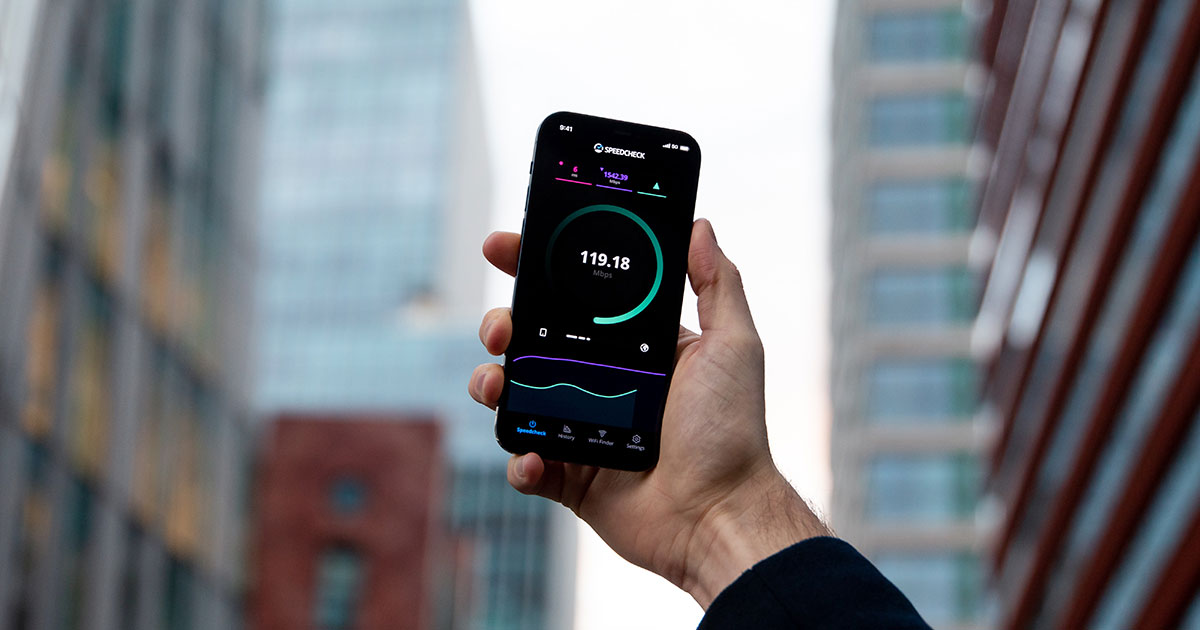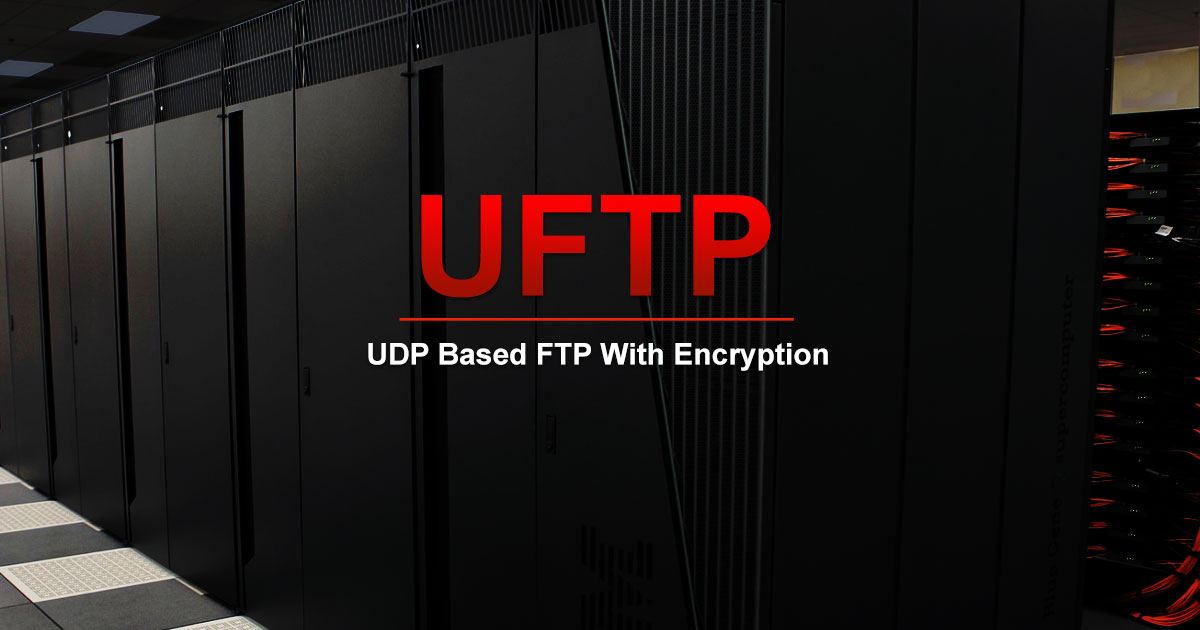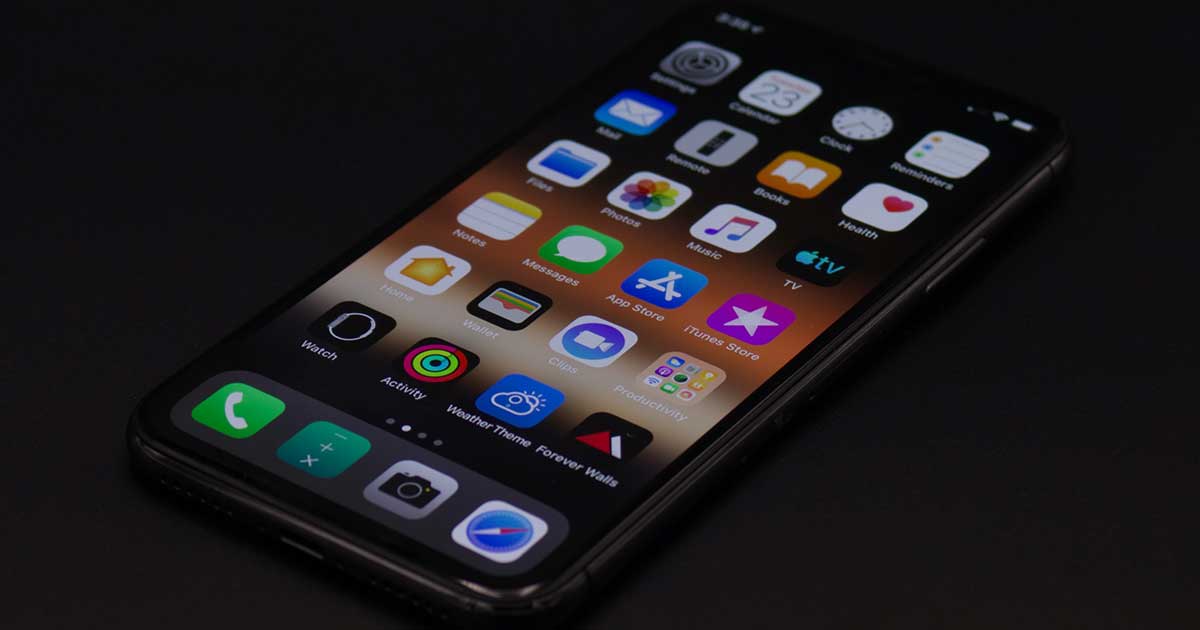
The network slicing supports a specific mobile operator to split their network into several virtual blocks that offer multiple traffic resources. It is actually a logical block present in the 5G core network, allotted to private networks, machine to machine communication, automatic, streamlining, or a mobile virtual network operator.
Using network slicing to provide multiple types of telecom services seems much crucial for mobile network security as simply utilizing visualization has played a major role in segregating data science services. At the time, 5G seemed to be the pivot player.
However, due to the pitfalls in authentication, few specific network slides will grab higher access than usual. Ultimately, this highlights that the compromise of a particular network node would have a spill-over effect.
The damage done
An ineffective network node will lead to crashing network segments and extracting user data like individuals' location information.
The three significant threats pinpointed by AdaptiveMobile Security are:
- Retarding of services against any other network provider.
- Accessing user data with the help of location tracking attacks.
- Extracting data from a network function and some information which relates to another vertical.
The AdaptiveMobile Security researchers analyzed the 5G core network that holds the dedicated and shared network function while the whole procedure took place.
They found that when a particular network holds such Hybrid network functions capable of supporting multiple slices, there is a lack of mapping between the transport and application layer identities.
As per AdaptiveMobile security, the attacking probability lies relatively low because of the limited number of cellphone operators with several live network slides on their network.
Countermeasures
The AdaptiveMobile Security stated that they are working closely with GSMA, standard, and operator’s bodies to analyze the issue and upgrade the architecture to avoid exploitation.
Additionally, they have highlighted the three-part recipe for enhancing the security of 5G network slicing.
Initially, authorization has to be grained effectively so that an individual would not initiate the other network slice or user.
Secondly, the received node requires the ability to crosscheck information across multiple layers.
Lastly, the network requires to consider security as the priority and install accordingly.
The 5G network is highly compatible with the frameworks and critical functions designed in traditional or recent technologies. Though 5G is more effective and secure than 4G, it also provides complexity side by side.
ISOEH
ISOEH or Indian School of ethical hacking is a one-stop solution for students across the country to grab knowledge related to ethical hacking. We offer multiple courses which provide insights to the students as well as working professionals. With an advanced curriculum, the students dream to be a successful hacker will come true.
Additionally, the courses are recognized and approved by ISP/IEC. We are one of the trusted cyber security institutes in the country!
Exclusive Blog
Read All Exclusive Blog »
With world working from home, it's time to make it enjoyable and effective.
Read DetailsHacking Tools
Explore All Hacking Tools »
UFTP is an encrypted multicast file transfer program for secure, reliable & efficient transfer of files. It also helps in data distribution over a satellite link.
Read Details









